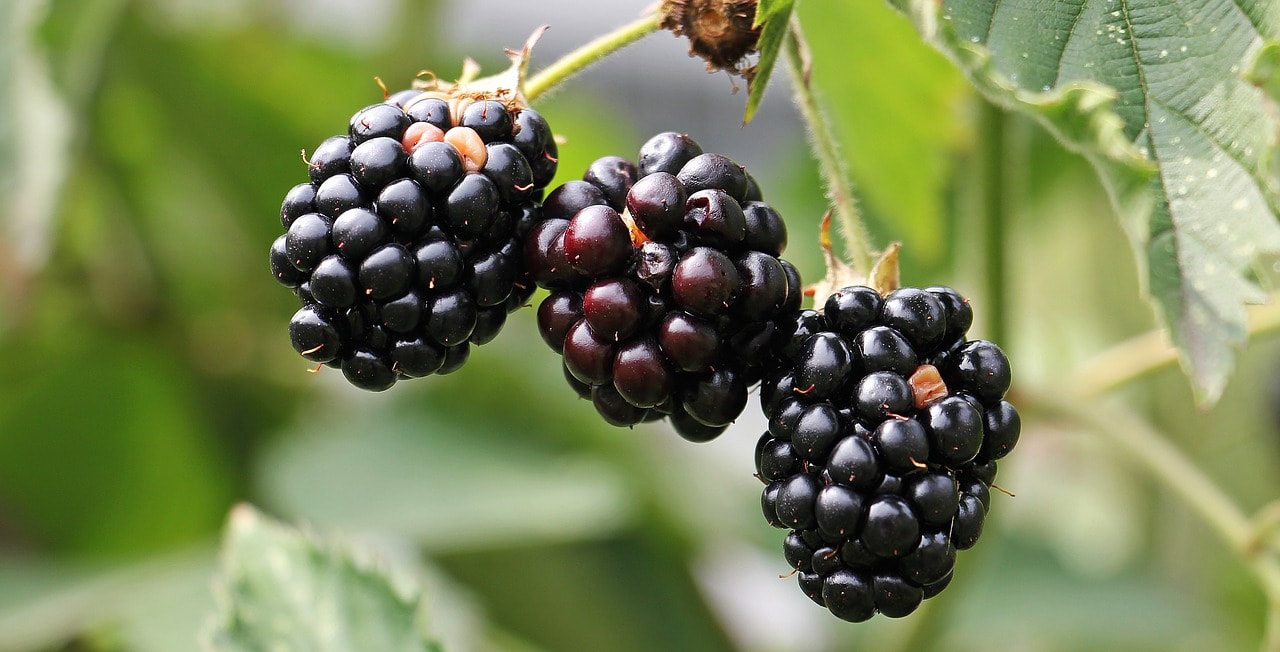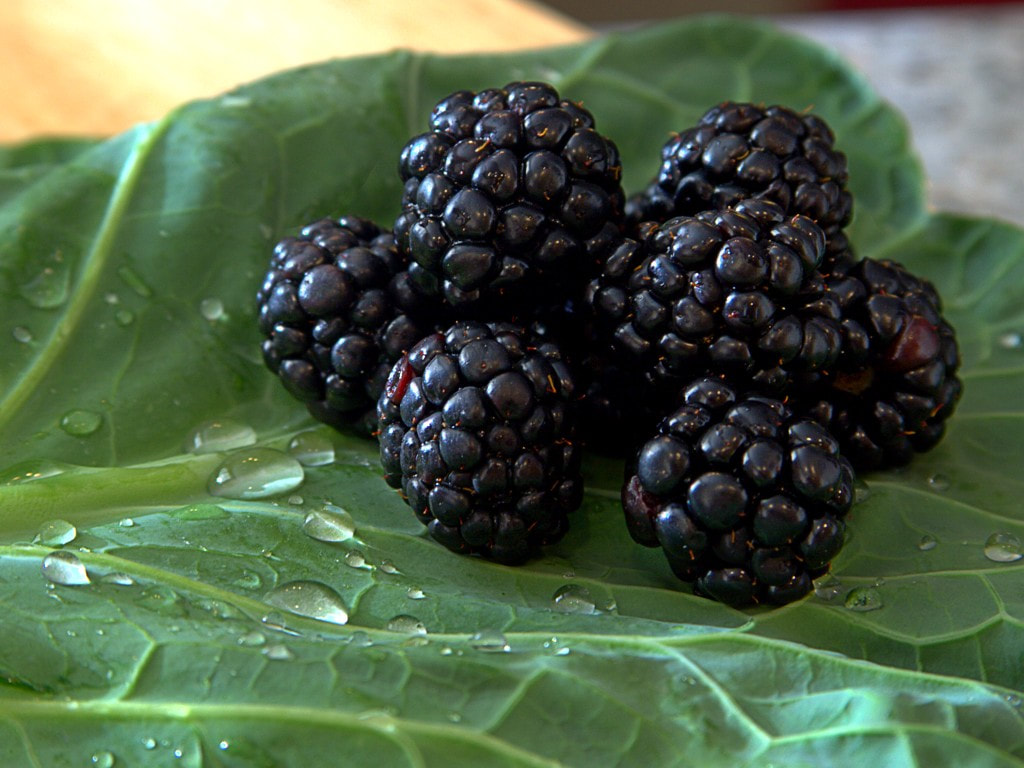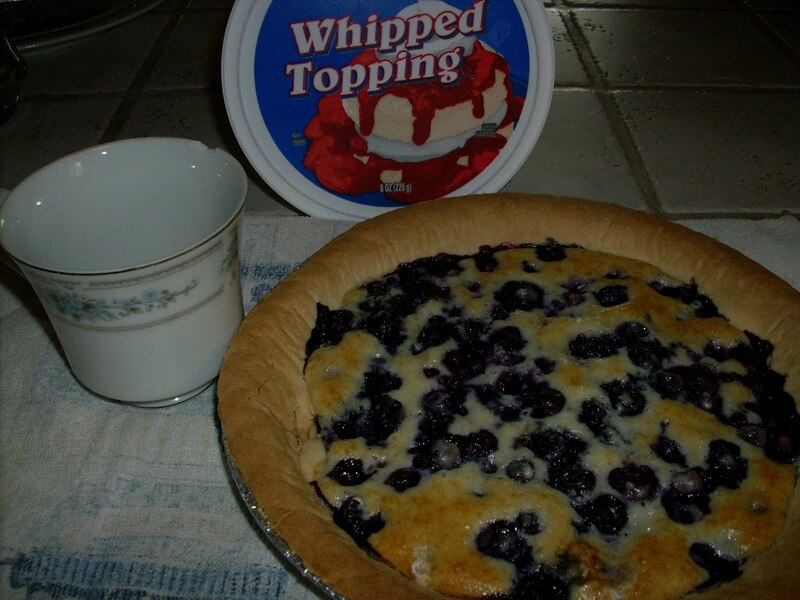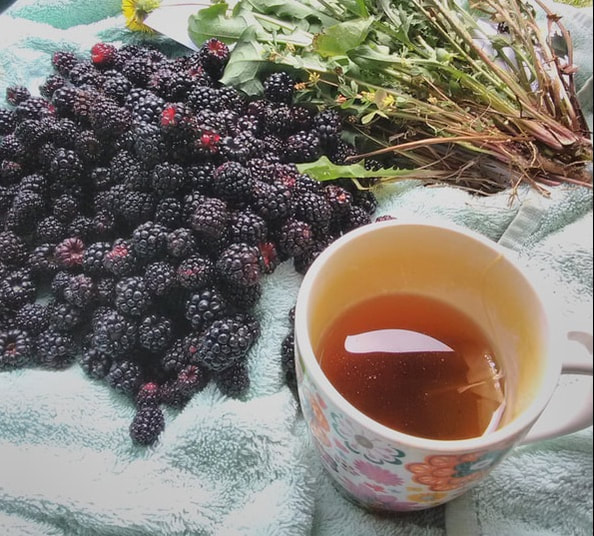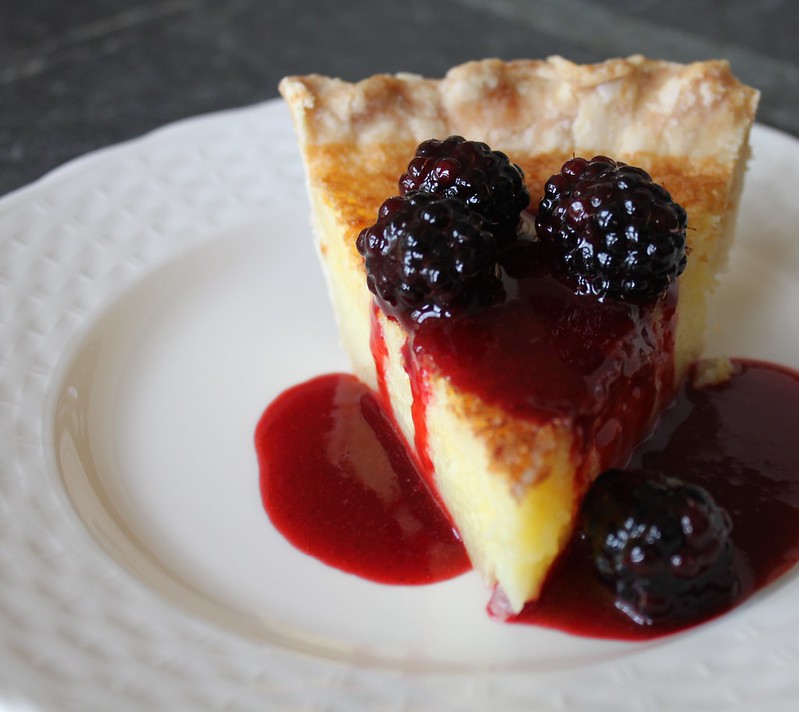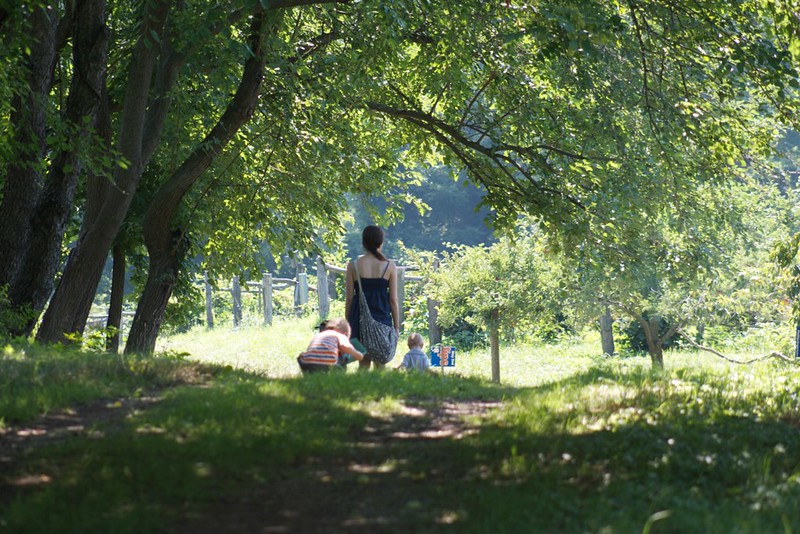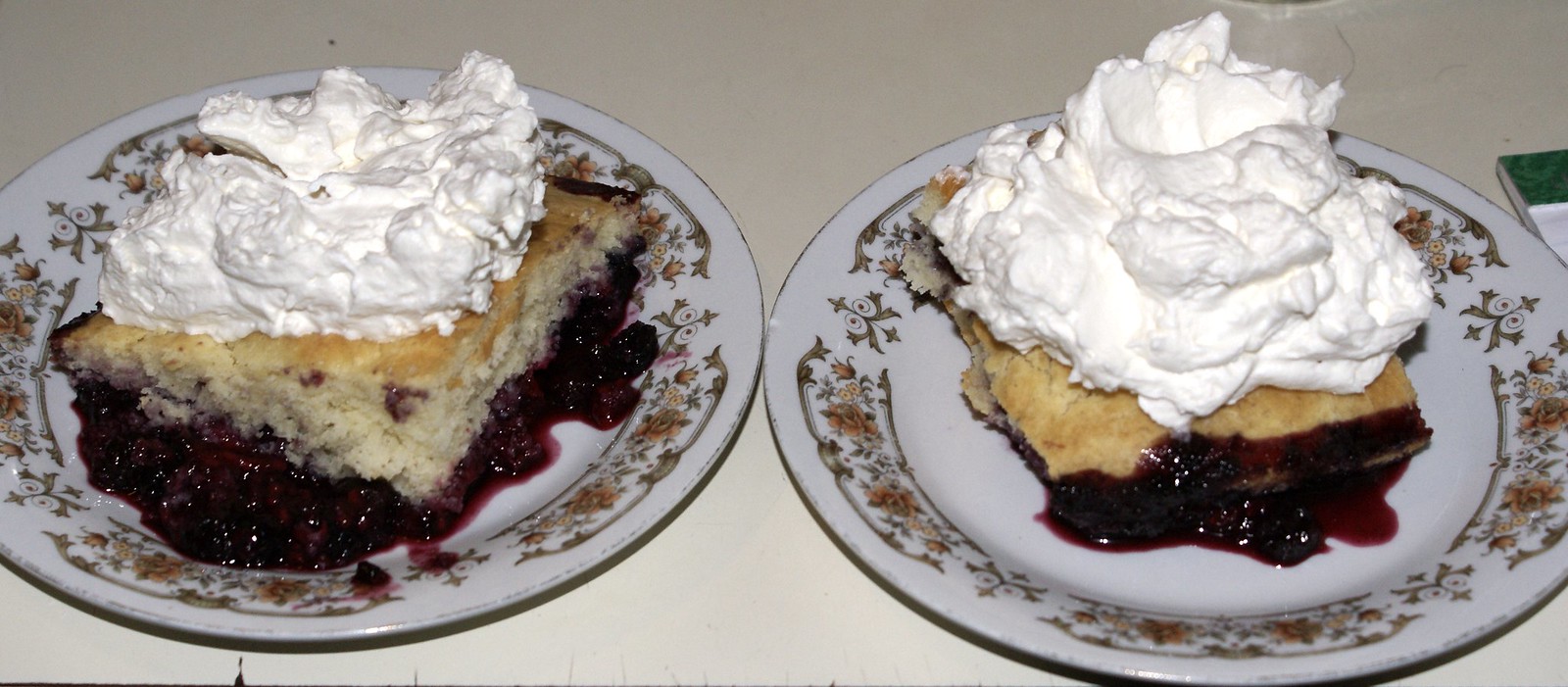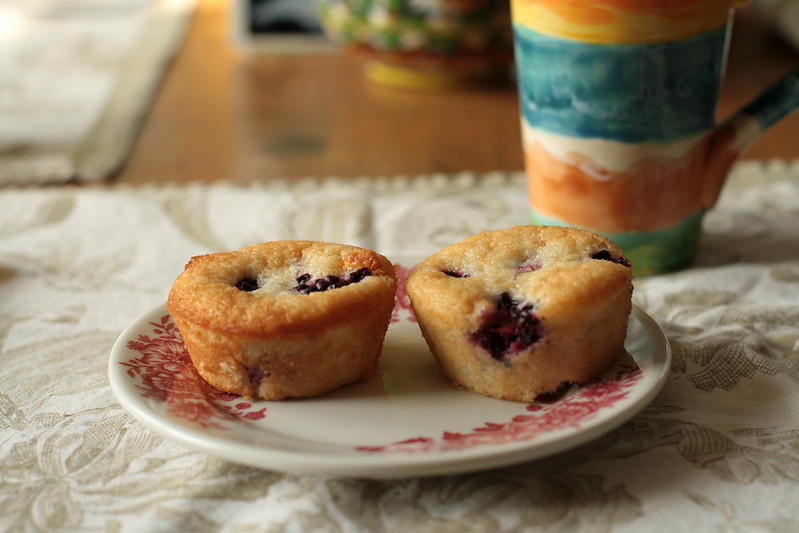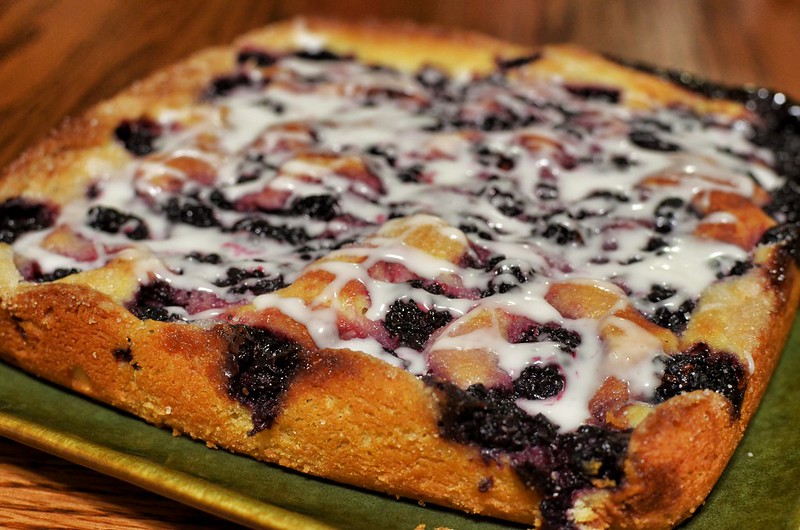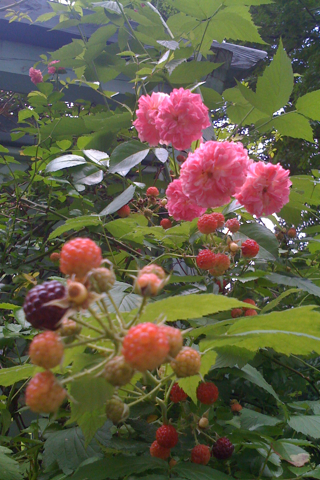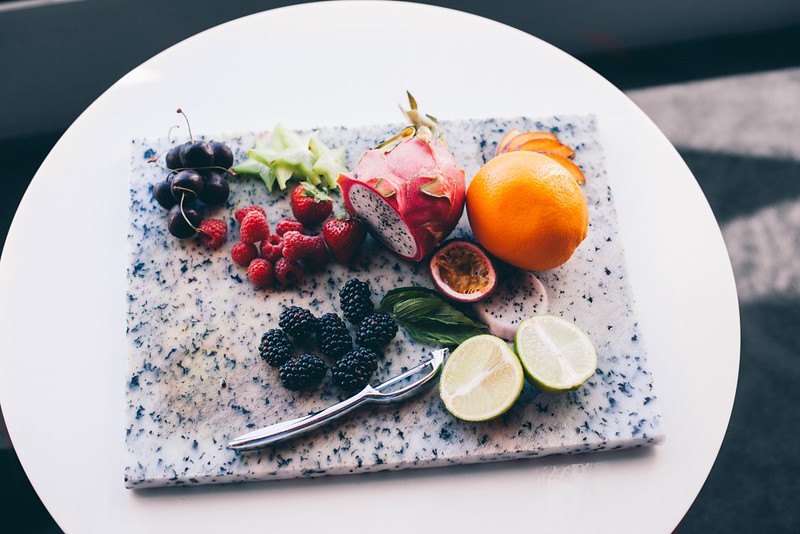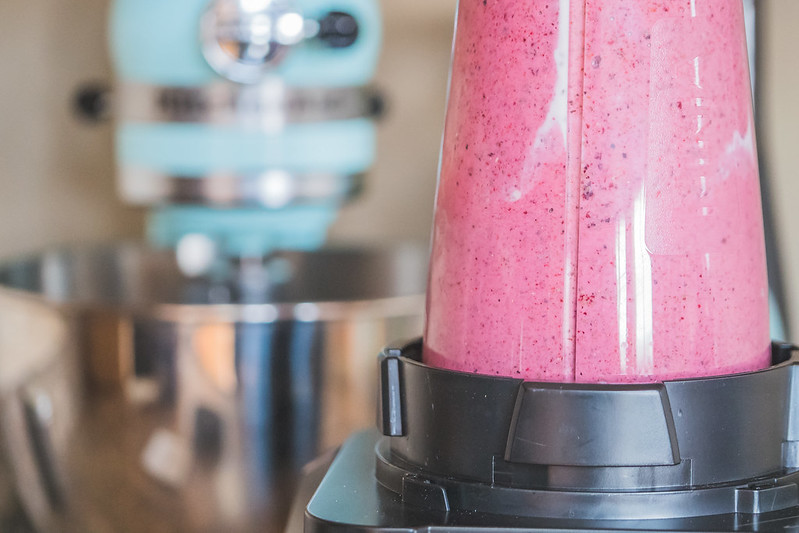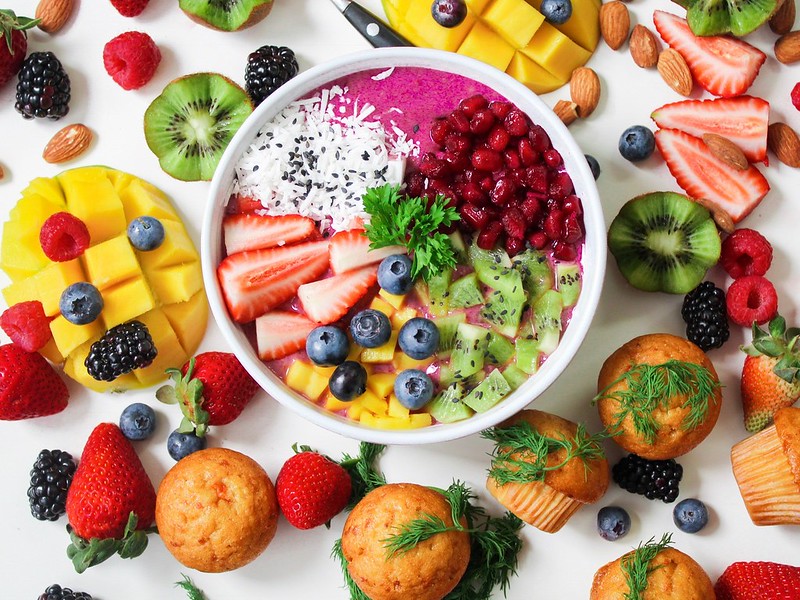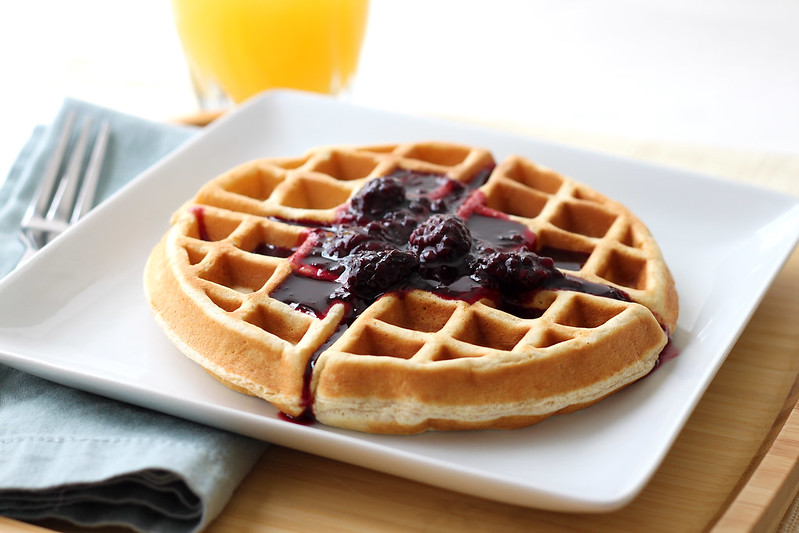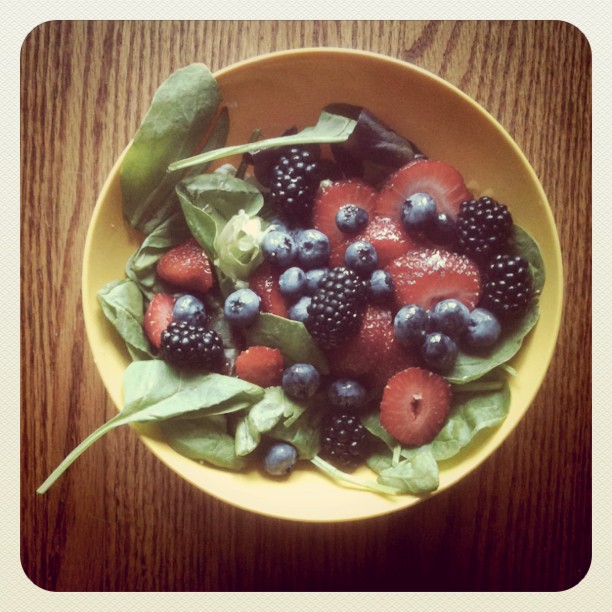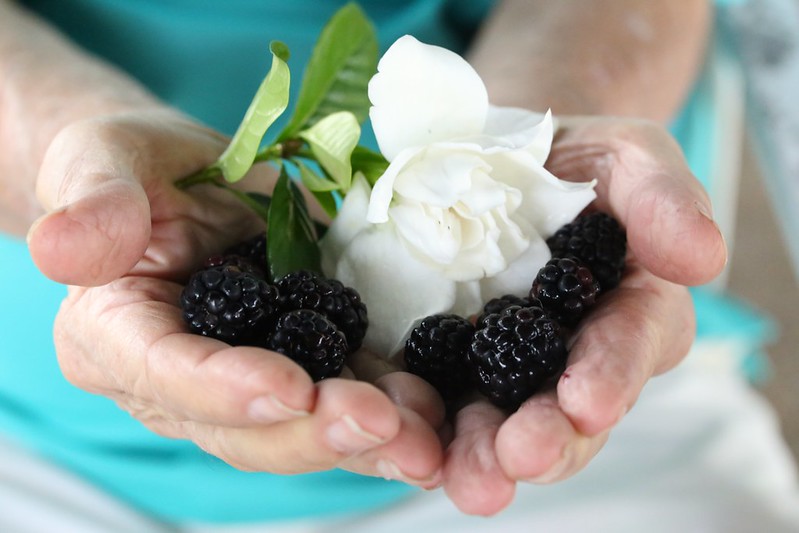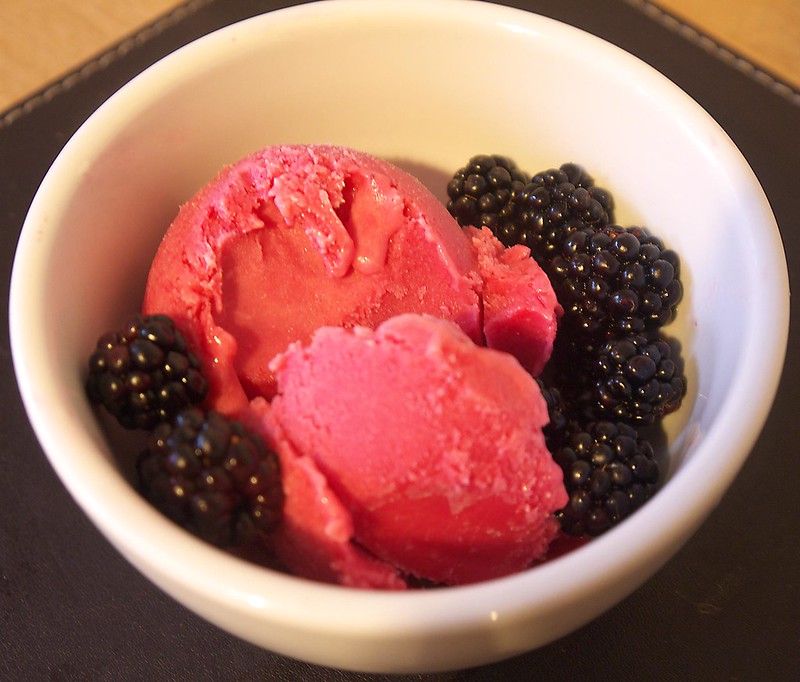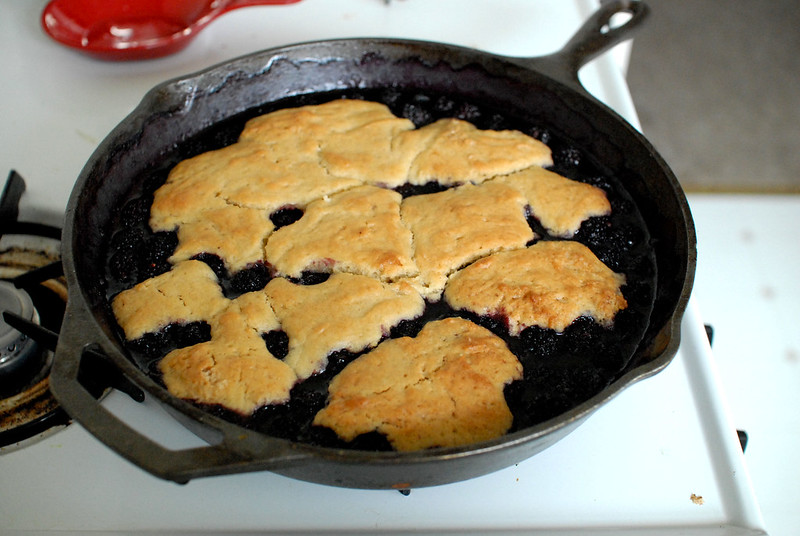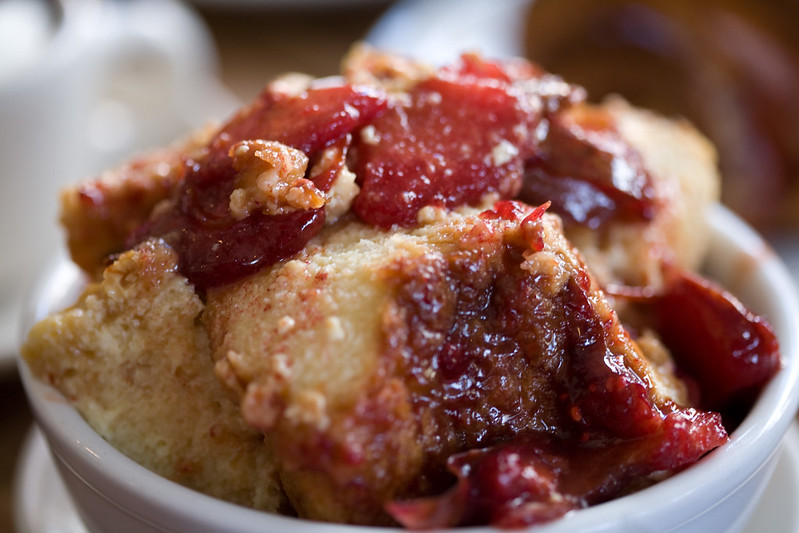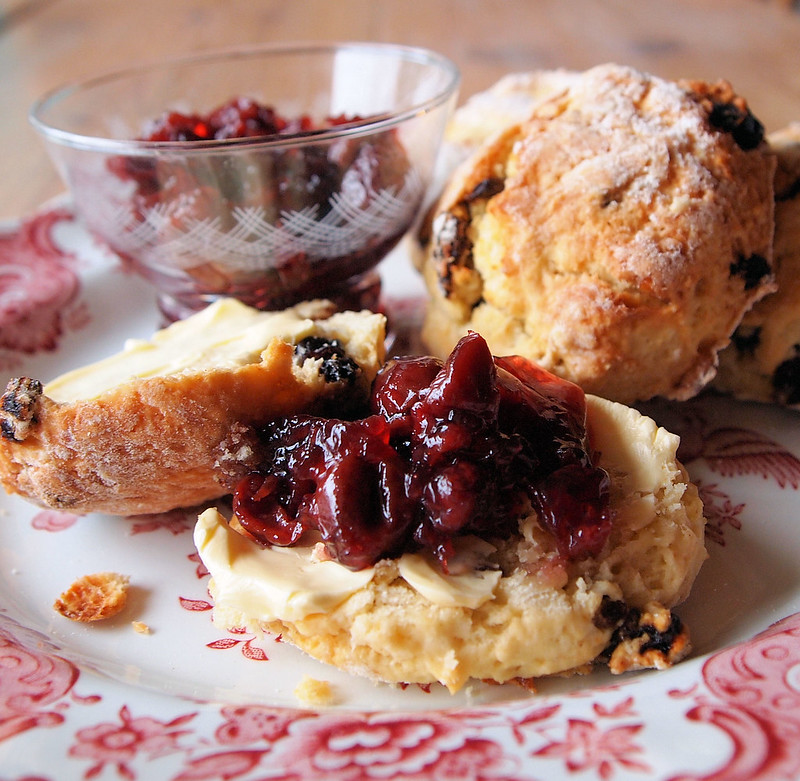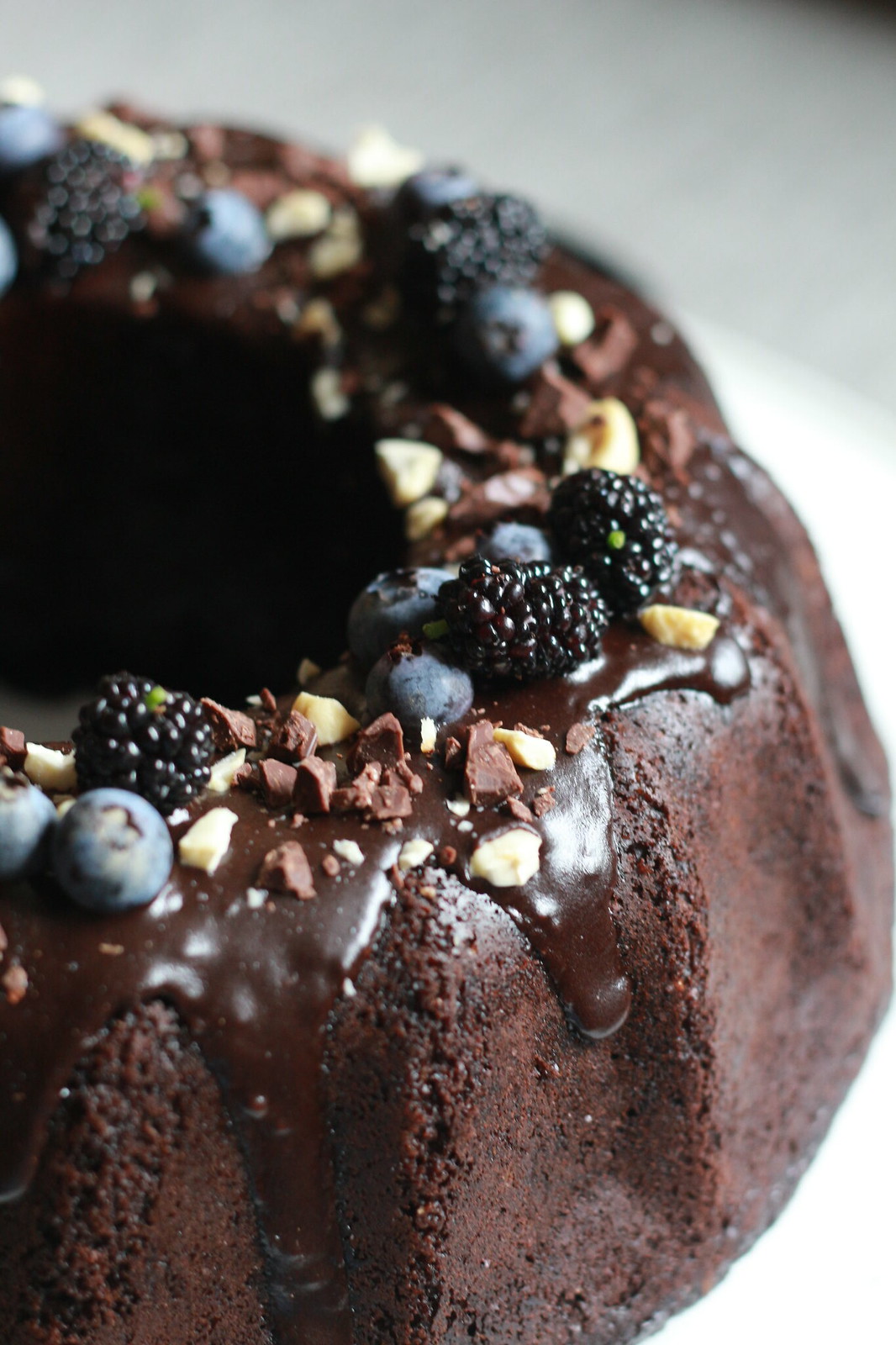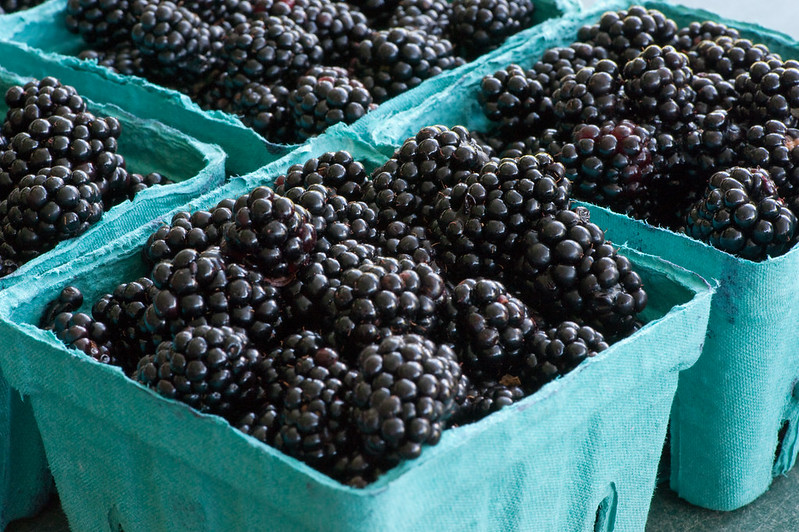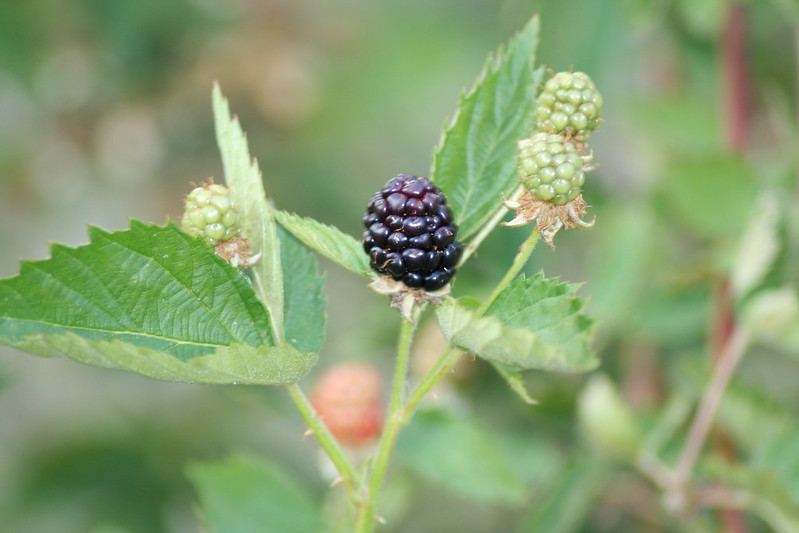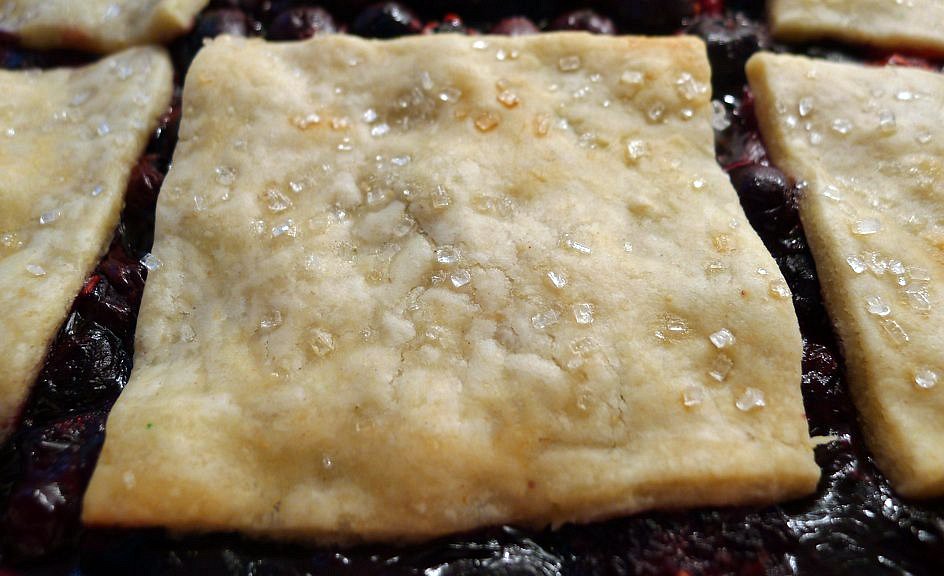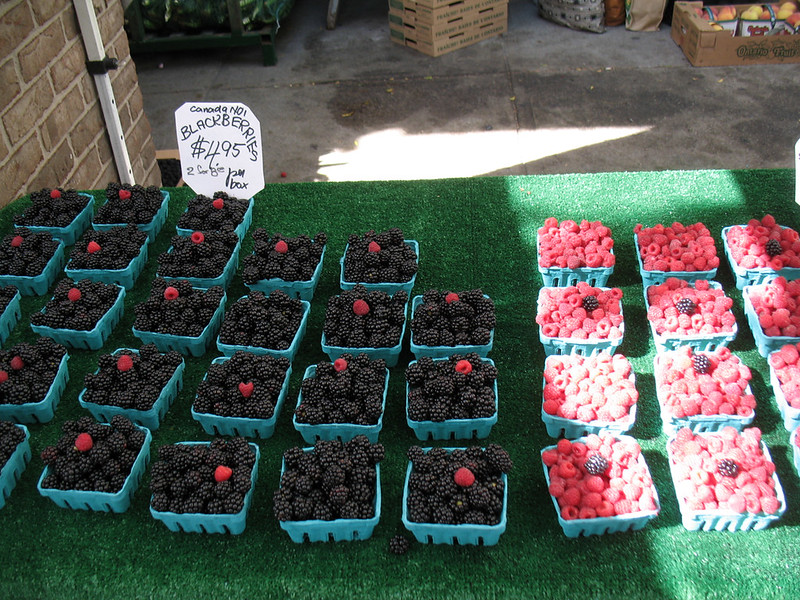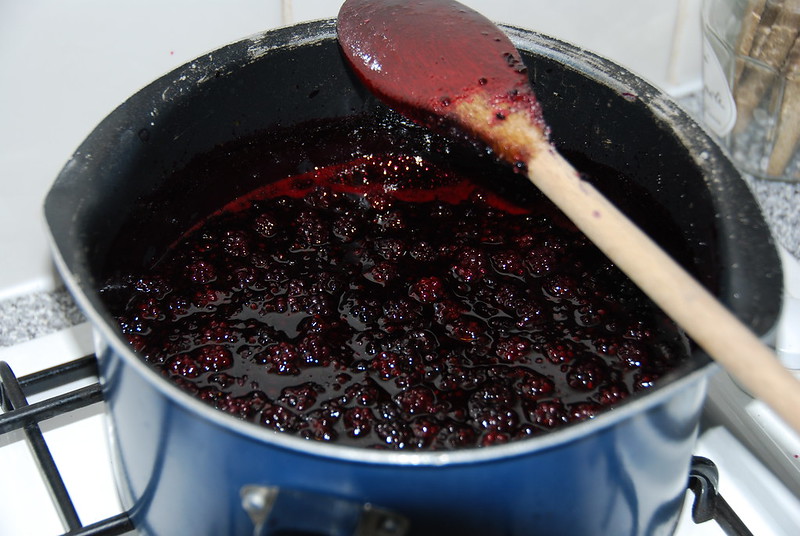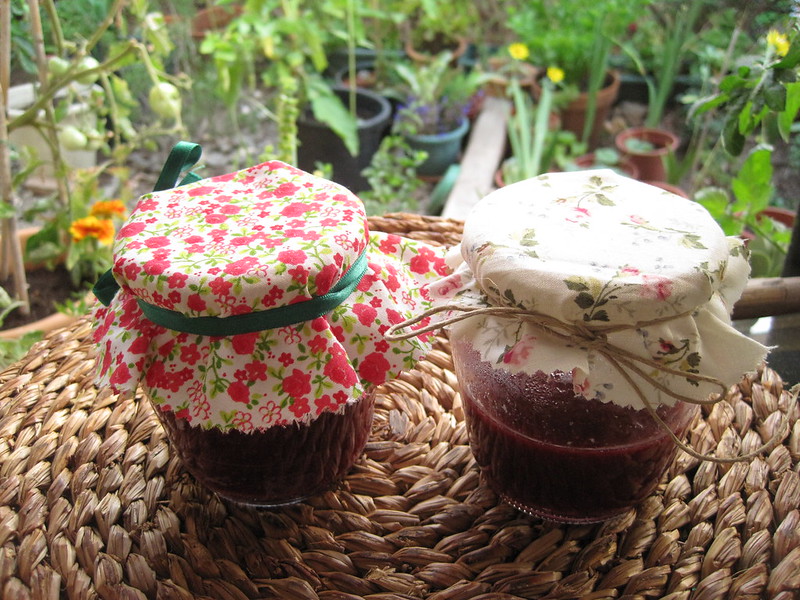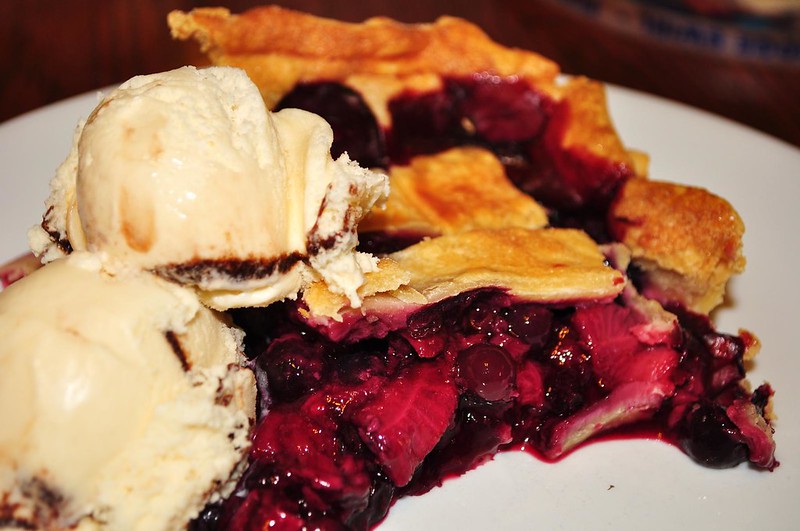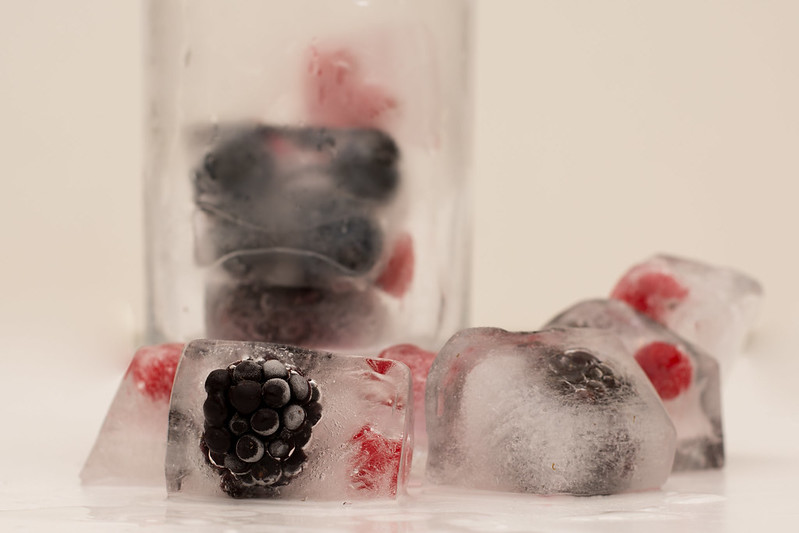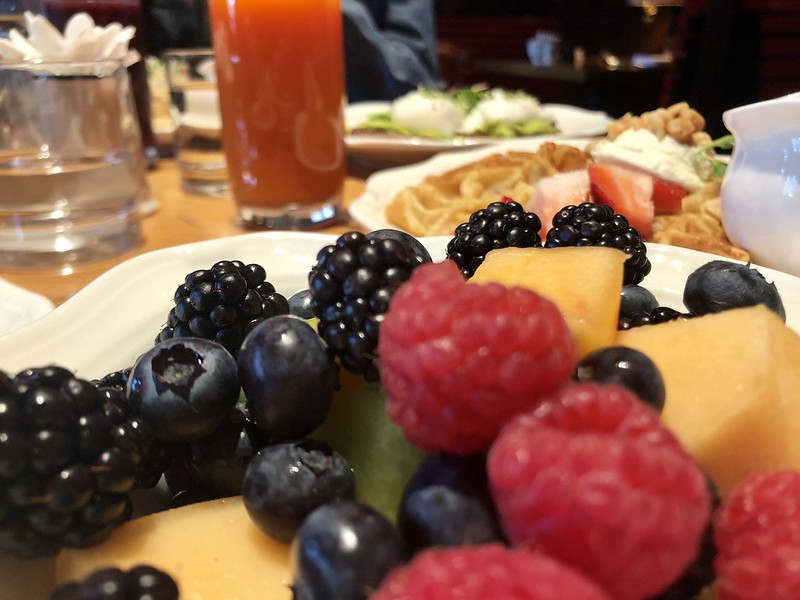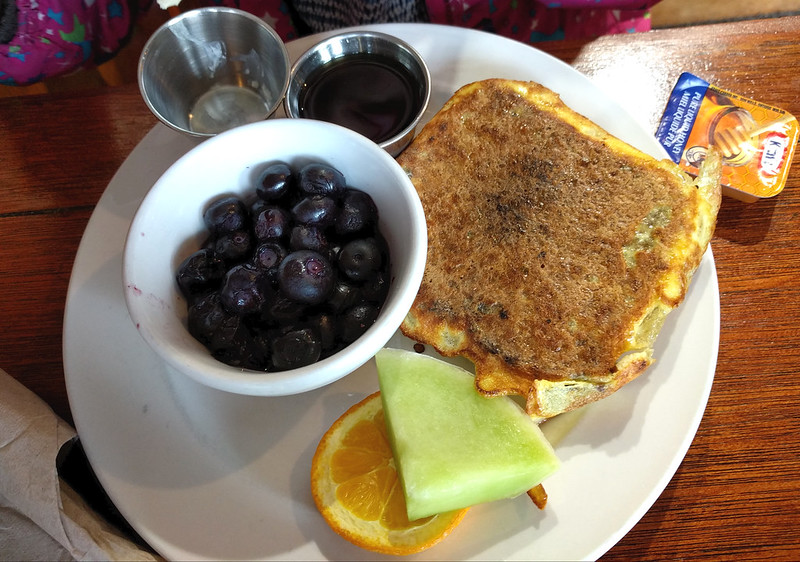Dewberries & Blackberries
Pleasant ways to enjoy the bounty!
|
|
|
|
|
|
|
Blackberry Pudding.
Cream together half a pound of butter and a pound of brown sugar, add half a pound of flour, with four eggs, beaten till very light. When well compounded, pour the batter into a greased baking-dish, and lay a quart of ripe blackberries lightly on the top. Do not stir them in.
Bake this pudding as you would a pound cake, and serve it with cream sauce, with wine.
Cream together half a pound of butter and a pound of brown sugar, add half a pound of flour, with four eggs, beaten till very light. When well compounded, pour the batter into a greased baking-dish, and lay a quart of ripe blackberries lightly on the top. Do not stir them in.
Bake this pudding as you would a pound cake, and serve it with cream sauce, with wine.
PRESERVING FRUITS.
MAKE choice of the most perfect fruits for preserving. Let them be fair, unblemished, and free from specks of decay. These will discolor your syrup, give it a bad taste, and produce fermentation. Let your fruit be ripe, but not on the decline of its perfection; let it rather be approaching this desirable condition.
There is no economy is using cheap or inferior sugar for preserving. The best clarified will do for cherries, plums, blackberries, and the like, intended for tarts or pies; but these should be well boiled, skimmed, and sunned. They should, too, be thoroughly done, till their syrup is very thick. Such may be kept in stone jars in almost any quantity, with pound for pound of sugar; but for all other preserves, glass tumblers or small glass jars are best. Sunning is very beneficial to preserves of all kinds.
The best double refined loaf-sugar (or crushed) is indispensable for all fine preserves, and even these should be clarified with egg or isinglass.
Preserves of every kind should be done slowly. Rapid boiling injures the form, and toughens and shrivels the skins of plums, cherries, and grapes, breaking such fruits as have been peeled, and often discoloring them and their syrup.
Nor should your fruit be crowded in the preserving-kettle. This also spoils the form. Rather put in a few at a time, allow them to simmer slowly for ten or fifteen minutes, then taking them out carefully, one by one, with a silver spoon or perforated skimmer, lay them on dishes to cool while another portion of your fruit is preserving. Take these out in like manner in another dish, and so on till the whole quantity has been simmered; then begin at the first dish, and repeat the process till all your preserves become transparent: then remove them to the glass jars or tumblers designed for them. Boil your syrup till thick and clear, wait till it becomes nearly cool, and then pour it over the fruit. Close your jars well, either with good corks, papered at the bottom, or thick white paper. Set your preserves away in a cool, dry place. Examine them frequently, and if at all inclined to ferment boil them again, first adding a few spoonfuls of pounded white sugar to the syrup. Let them boil very gently.
Set your jars in the sun for two or three weeks after your preserving is done, and there will be no danger of fermentation.
Preserves should be carefully skimmed while doing. The skimmings need not be lost, as they will add very much to the strength of your vinegar.
All the larger fruits should be pared. The paring should be narrow and thin.
No preserve will keep well with less than pound for pound of fruit and sugar.
Marmalades, jams, and jellies should be covered with a nicely-fitting paper in each jar, or tumbler saturated with brandy, and laid in so as to lie on the surface of the preserve. Besides this, the tumbler or jar should be covered with thick paper, and pasted down so as to exclude the air and insects.
MAKE choice of the most perfect fruits for preserving. Let them be fair, unblemished, and free from specks of decay. These will discolor your syrup, give it a bad taste, and produce fermentation. Let your fruit be ripe, but not on the decline of its perfection; let it rather be approaching this desirable condition.
There is no economy is using cheap or inferior sugar for preserving. The best clarified will do for cherries, plums, blackberries, and the like, intended for tarts or pies; but these should be well boiled, skimmed, and sunned. They should, too, be thoroughly done, till their syrup is very thick. Such may be kept in stone jars in almost any quantity, with pound for pound of sugar; but for all other preserves, glass tumblers or small glass jars are best. Sunning is very beneficial to preserves of all kinds.
The best double refined loaf-sugar (or crushed) is indispensable for all fine preserves, and even these should be clarified with egg or isinglass.
Preserves of every kind should be done slowly. Rapid boiling injures the form, and toughens and shrivels the skins of plums, cherries, and grapes, breaking such fruits as have been peeled, and often discoloring them and their syrup.
Nor should your fruit be crowded in the preserving-kettle. This also spoils the form. Rather put in a few at a time, allow them to simmer slowly for ten or fifteen minutes, then taking them out carefully, one by one, with a silver spoon or perforated skimmer, lay them on dishes to cool while another portion of your fruit is preserving. Take these out in like manner in another dish, and so on till the whole quantity has been simmered; then begin at the first dish, and repeat the process till all your preserves become transparent: then remove them to the glass jars or tumblers designed for them. Boil your syrup till thick and clear, wait till it becomes nearly cool, and then pour it over the fruit. Close your jars well, either with good corks, papered at the bottom, or thick white paper. Set your preserves away in a cool, dry place. Examine them frequently, and if at all inclined to ferment boil them again, first adding a few spoonfuls of pounded white sugar to the syrup. Let them boil very gently.
Set your jars in the sun for two or three weeks after your preserving is done, and there will be no danger of fermentation.
Preserves should be carefully skimmed while doing. The skimmings need not be lost, as they will add very much to the strength of your vinegar.
All the larger fruits should be pared. The paring should be narrow and thin.
No preserve will keep well with less than pound for pound of fruit and sugar.
Marmalades, jams, and jellies should be covered with a nicely-fitting paper in each jar, or tumbler saturated with brandy, and laid in so as to lie on the surface of the preserve. Besides this, the tumbler or jar should be covered with thick paper, and pasted down so as to exclude the air and insects.
Dewberries, Strawberries, and Raspberries.
Pick your berries early in the morning, weigh them, then spread them on dishes, sprinkle them with sugar from the due proportion assigned them (pound for pound). When the juice settles from them in the dishes, pour it off, and with it moisten the remainder of their sugar; simmer this over a slow fire, and, while simmering, drop in a portion of the berries; let them become clear, and return them to the dishes to cool while the remainder takes their place in the kettle. When all are clear, and the syrup boiled down to a rich consistency, pour it over them, and, when cool enough, transfer them to glass jars.
Pick your berries early in the morning, weigh them, then spread them on dishes, sprinkle them with sugar from the due proportion assigned them (pound for pound). When the juice settles from them in the dishes, pour it off, and with it moisten the remainder of their sugar; simmer this over a slow fire, and, while simmering, drop in a portion of the berries; let them become clear, and return them to the dishes to cool while the remainder takes their place in the kettle. When all are clear, and the syrup boiled down to a rich consistency, pour it over them, and, when cool enough, transfer them to glass jars.
Jams.
Strawberries, raspberries, blackberries, etc. are made into jams with their weight in sugar. To be stewed, and mashed while stewing to a thick, firm pulp.
Strawberries, raspberries, blackberries, etc. are made into jams with their weight in sugar. To be stewed, and mashed while stewing to a thick, firm pulp.
Blackberry Wine.
Have your berries gathered in the morning, and pounded to a pulp, then to every gallon of berries add a quart of boiling water. Strain the berries, and to every gallon of the juice add two pounds of white sugar.
Fill a clean, sound cask, place it on its side on two pieces of scantling in your cellar, leaving the bung open for the wine to ferment and work over. In two or three weeks it will cease to ferment. Cork it lightly, and leave it till December. It would be better to remain a year.
Another receipt for blackberry wine is to add three pounds of sugar instead of two; but adhere to the above receipt in all other respects. This is stronger and better.
Have your berries gathered in the morning, and pounded to a pulp, then to every gallon of berries add a quart of boiling water. Strain the berries, and to every gallon of the juice add two pounds of white sugar.
Fill a clean, sound cask, place it on its side on two pieces of scantling in your cellar, leaving the bung open for the wine to ferment and work over. In two or three weeks it will cease to ferment. Cork it lightly, and leave it till December. It would be better to remain a year.
Another receipt for blackberry wine is to add three pounds of sugar instead of two; but adhere to the above receipt in all other respects. This is stronger and better.
